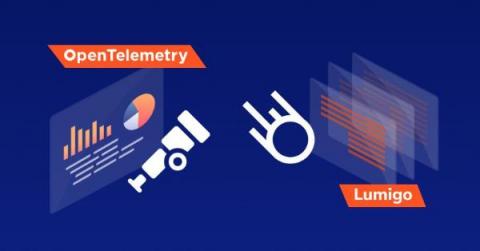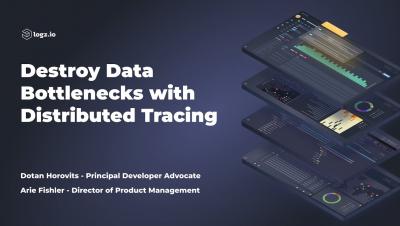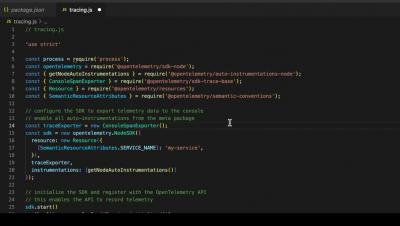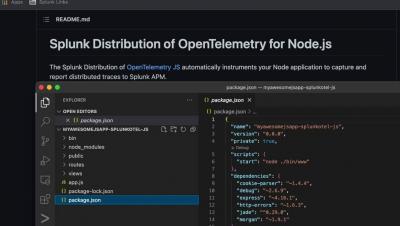A Guide To Opentelemetry Collector
This article will give you a quick overview of some of the key attributes you should know in order to get started with leveraging the OpenTelemetry collector for your next telemetry project. As an integral component of any project that involves distributed tracking, the OpenTelemetry Collector plays an important role. Simply put, it is helpful to know that the collector itself is a data pipeline service that collects telemetry data.











